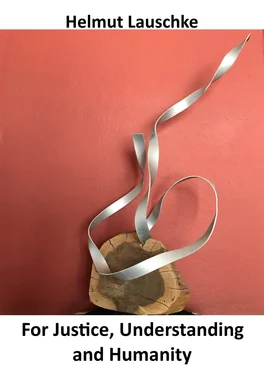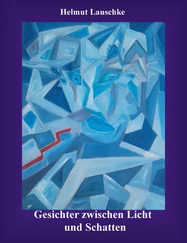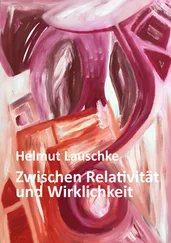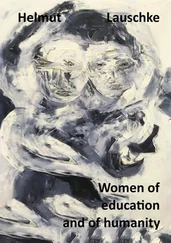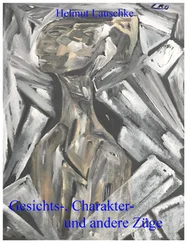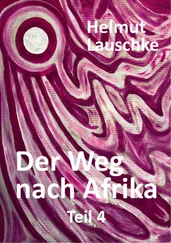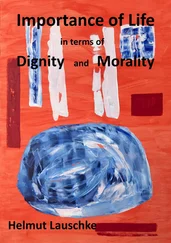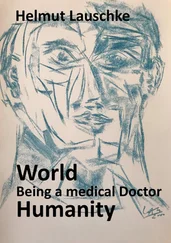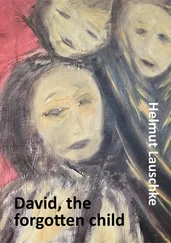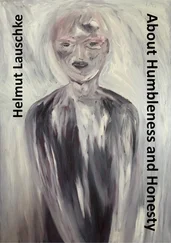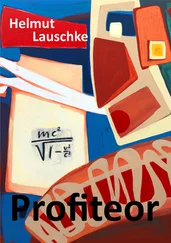We left the dining room and walked the passage to the outpatient department. The pale-faced superintendent saw us coming and waited outside the secretary’s office. When we were about to pass, the superintendent asked me, if the operation for removal of the axillary lymph nodes on the young woman with the breast lump could be postponed one day, since he has to attend a meeting with the medical director. I told that the operation could be done after that meeting, if it does not take too long. The superintendent said he would inform me.
We continued walking the passage to the outpatient department and passed the seven benches in the waiting hall which were packed with patients, and entered the consulting room where the Philippine colleague had started working. A helicopter turned over the roof and square when we were in full swing of work on the patients. The rotor blades whirled up the sand on the square. After the helicopter had set down a sandy cloud veiled it for some minutes. The rotor ran out and the three blades twitched to the stop when two men in uniform pulled out a man on a stretcher from the helicopter’s bulge and hurried with the stretcher to the entrance of the outpatient department. A nurse came running to the consulting room and called me to see the man who lay on the stretcher put down on the floor. The right arm of the man was torn off and lay disconnected from the blood circulation, but still connected by a small skin-muscle bridge beside the body. A strong compression bandage [ as a tourniquet ] was applied around the short upper arm stump to avoid the bleeding to death from the arm vessels. The injured groaned in pain. The cold sweat of death was on his face. I took a blood sample for cross-match and asked the two men in uniform the carry the stretcher with the injurd to the theatre building, while I informed the colleagues in consulting room 2 and the theatre staff of the emergency and asked Dr Lizette to give the anaesthetics.
I followed hurriedly the men with the stretcher and changed the clothes in the dressing room and helped the nurses in carrying the injured from the theatre reception to theatre room 2 where we lifted the injured from the stretcher onto the operating table. A nurse brought some bags of blood of group ‘0’ and Dr Lizette hung up the first transfusion bag and started the anaesthesia. I dried the hands in the washing passage with some blotting paper and a young nurse helped me into the operating coat and tied the laces over my back. The instrumenting nurse cleaned the skin with the brown disinfectant solution and covered the patient with sterile green sheets.
I separated the arm from the injured’s body by cutting through the small skin-muscle bridge and put the arm on a spread-out paper on the floor. I ligated the vessels close to the armpit and cleaned the wound by cutting off some dirty and hanging tissue shreds and shortened the arm nerves and bone stump. I smoothed the edges of the short bone stump with the bone file and covered the wound with the skin-muscle flap kept in position by some stitches. The stump were dressed and bandaged. A nurse has wrapped the cut-off arm in a big paper to an arm parcel. The operation had been finished when Dr Lizette asked, if the helicopter did land often on the square to bring injured people. It was the second time what I remembered that it was exceptional. The patient was lifted from the operating table onto the trolley and carried to the recovery room with a dripping transfusion bag to a left arm vein.
I changed the clothes in the dressing room when somebody knocked hard against the door. Without waiting a response like ‘Kom in’, a koevoet officer entered the dressing room when I stood in underpants busy to put on the shirt. The officer did not apologize for his disturbance, but said that the injured was one of his people who had crushed his arm between two vehicles. I told that he had amputated the arm. The officer was not surprised and said that he had seen already on the spot that this arm did no longer belong to the soldier. The officer asked how long the patient would be admitted at the hospital, since there was an order that military and koevoet personnel had to be transferred to the military hospital in Ondangwa as soon as possible. I closed the fly and held the ends of the belt in my hands when I said that the admission would last at least two days until the patient is in a stable condition.
The officer disagreed with the two days. He said that problems would arise in view of the military order. He did neither listen to the medical arguments nor took into account the risk of a human life after operation. He simply said that a military ambulance will take the patient in this evening when he is conscious and transport him to the military hospital. When I realized that a military order was above any medical arguments, I said: “If that is your decision then I will not argue longer. Do what you think is right. I have told you my objection from the medical point of view.” I asked the officer, if he were interested in the amputated arm. The officer agreed that I asked the nurse to bring the arm parcel and hand it over to the officer. We left the dressing room and the theatre building when the amputee with the missing right arm were carried on the trolley to the intensive care unit. The officer followed with the parcel of the cut-off and wrapped-up arm of his man lying on the trolley.
I went back to consulting room 4 in the outpatient department. The two colleagues worked hard and were busy to reduce a dislocated hip on a young man who lay on the floor. The Philippine colleague had put his right foot against the conjunction of the pubic bones [ symphysis ] and pulled the left leg. I assisted by pushing the greater trochanter downward when the dislocated femur head snapped with a dull sound back into the joint socket [ acetabulum ]. The legs were equally long and the feet were in equal position when the man were lifted from the floor onto the trolley and admitted to the orthopaedic ward. The Philippine colleague and the young colleague had beads of sweat on their foreheads. They saw and treated the last patients and finished the work shortly before six o’clock in the evening.
It was the last day of the young colleague in uniform. He said goodbye to the Philippine colleague and wished him and his family the best. The Philippine colleague had a pale face when he replied with a smile the wishes with a friendly undertone as he would miss the colleague as well. They gave each other the hand. The young colleague said goodbye to the nurses of whom some got tears in their eyes what reminded me on the farewell of the good Dr van der Merwe. Both doctors were highly appreciated as good doctors and human beings with their consistent openness to the people’s problems. The nurses thanked the young colleague for his work as they had done it to Dr van der Merwe for his work and kindness in terms of keeping up the human face as a hard working medical doctor.
The young colleague accompanied me to the wards and said goodbye to the nurses there. They took the leave of this helpful doctor with regret and dismay. The nurses had the good impression of this doctor because of his human face that the white skin and the must of wearing the uniform of the SADF did not matter much. The ‘angel’ of nurse in the children’s ward had tears in her eyes. She thanked the young colleague for his good work done and for the joy he had brought to the children and for his commitment he had shown to the staff. The nurse gave a very special pricing that the young colleague got tears in his eyes as well. He said to the nurse that he had admired her work and didn’t know, if he would meet a nurse of such humane format again. The farewell was a heart-moving one ‘chiselled’ into the memory of the people involved.
Читать дальше
